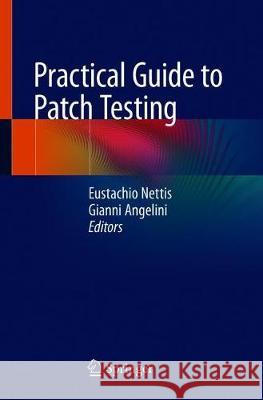Practical Guide to Patch Testing » książka
topmenu
Practical Guide to Patch Testing
ISBN-13: 9783030338725 / Angielski / Miękka / 2020 / 71 str.
Kategorie BISAC:
Wydawca:
Springer
Język:
Angielski
ISBN-13:
9783030338725
Rok wydania:
2020
Wydanie:
2020
Ilość stron:
71
Waga:
0.14 kg
Wymiary:
23.11 x 17.02 x 0.25
Oprawa:
Miękka
Wolumenów:
01
Dodatkowe informacje:
Bibliografia











